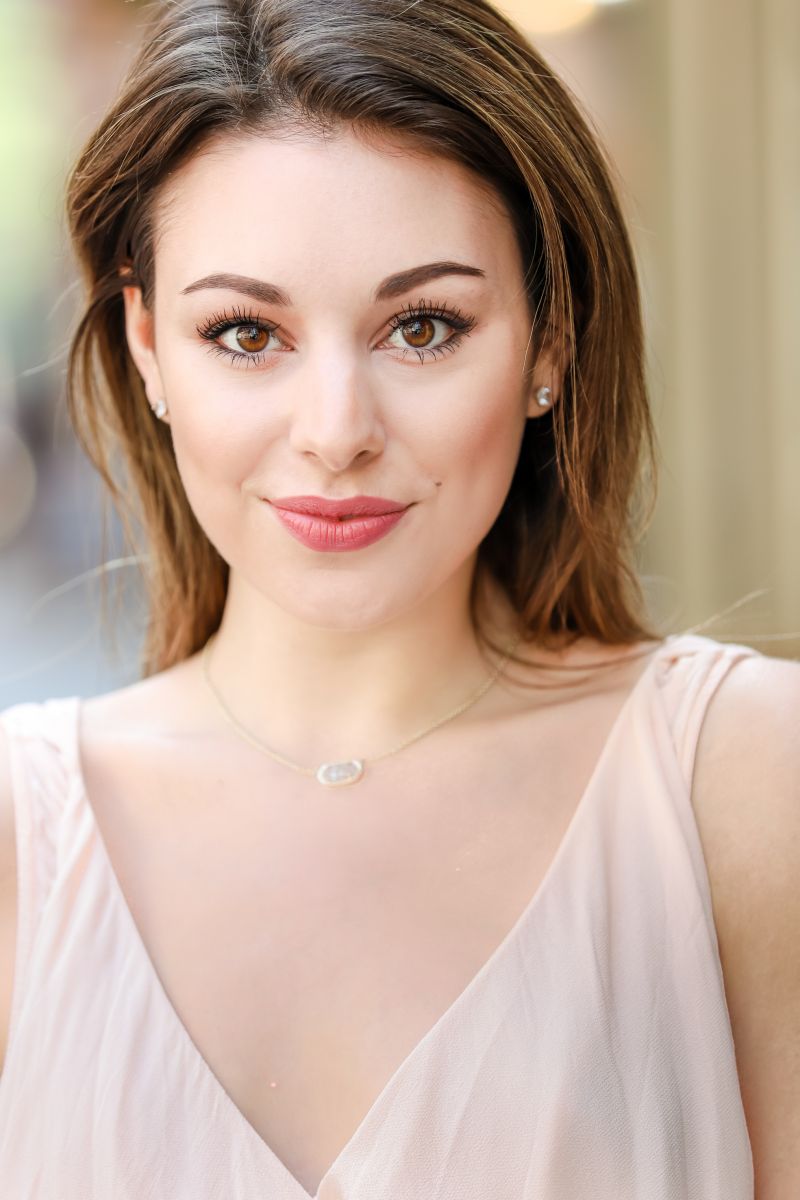
Canon has just revealed two new lenses, and while they have been about the photo-world’s worst kept secrets, it’s an exciting time as both lenses are in the range that perhaps no one does better than Canon. I’ve affectionately code-named them Qi’ra and Rey (please, someone comment below to tell me you know what that’s from!).
I have had the opportunity to use both new units to give you SLR Loungers a first look at them in real-world use. I’m very proud to introduce to you Qi’ra, the seductively powerful Canon EF 70-200mm f/2.8L IS Series III lens, and Rey, the beautifully full-of-surprises Canon EF 70-200mm f/4L IS Series II.
One thing I love about Canon is their effort of one-upping themselves in the realm of glass. They take already great products and make them greater, and this is a case in point. The Canon 70-200 lenses have been widely regarded as the best of the type, and these new incarnations are better yet. And while my bank account may not like it, the photographer in me does. It’s an exciting time.
A huge thanks to Canon for providing this NYC Wedding Photographer and AdoramaTV host (ahem, me) an early opportunity to go hands on with both new lenses before the inevitable mad rush to order them.
Before we get into the nitty gritty, here’s a quick overview and behind-the-scenes video of the first time I got my hands on these two lenses.
Canon 70-200mm 2.8. The Series III
Qi’ra, whose predecessor I personally have in my bag of tricks, is the new Canon 70-200mm 2.8. The Series III, and already my go-to lens for shooting ceremonies in large spaces, headshots in my studio, and shooting a beautifully ‘compressed’ wedding photo.
To improve upon the Series II version, Canon has added an ASC (Air Sphere Coating) which will cut down on flare and ghosting, particularly in backlit scenes like the ones below (both shot sans lens hood). Combine that with the much-needed image stabilization improvement and gorgeously clear image quality and the new Canon EF 70-200mm f/2.8L IS Series III is a worthy successor and deserving of a wishlist placement it will undoubtedly take.
- Canon EOS 5D Mark IV
- Lens (mm): 200
- ISO: 320
- Aperture: 2.8
- Shutter: 1/200
- Canon EOS 5D Mark IV
- Lens (mm): 165
- ISO: 100
- Aperture: 2.8
- Shutter: 1/500
Canon EF 70-200mm f/4L IS Series II
And now for Rey, the lens that has quite a place in all of this. The new Canon 70-200 4.0 lens is a show-stopper. It was already a great choice for amateurs and professionals alike because of its IQ, compact size and weight (despite its durability) and low price-point compared to the 2.8, but this gem has seen greater improvements than its more elite sibling; improvements that will make the upgrade from the Series I a no-brainer.
Improved Durability and Weather Resistance
What photographer doesn’t need that? I know as a wedding photographer I have to shoot in whatever weather patterns come my way, and my equipment absolutely has to be able to keep up. The previous version of this lens was not as strong in this area, but now this version 2 has improved weather sealing that matches all other Canon L glass, and it has a fluorine coating that allows for easier cleaning of the exposed element. Not only does this allow you to shoot at all times, but it ads to the longevity of the gear, which is always a plus.
Closer Focusing Distance
How photographers interact with their subjects is one of the key components to being a great photographer and pleasing your clients. Building that rapport and relationship throughout the shoot can easily make or break a photo and a client experience, which is why my favorite change to this lens is focusing distance. Close focusing distance has been reduced to just one meter, and needing to only be one meter away from my subjects allowed me to better communicate while photographing them.
- Model: Canon EOS 6D Mark II
- Lens (mm): 171
- ISO: 200
- Aperture: 4
- Shutter: 1/160
- Model: Canon EOS 6D Mark II
- Lens (mm): 200
- ISO: 200
- Aperture: 4
- Shutter: 1/160
New Image Stabilization Mode
As the focal length gets longer image stabilization becomes more important, and all the more important today as these lenses are bing used on bodies with high resolution, prone to succumbing to even minor camera shake. All of the Canon lenses that have IS as an option, I buy, and this f4 has had its IS upped from 3 stops in the last gen to 5 stops.
[Related Article: 15 Photo Examples of the 200mm F/2.0 Lens]
The 5 Stops of image stabilization is critically important for the reasons listed above, but also if you aren’t the sturdiest of persons. IS modes 1 and 2, used for stabilizing images due to camera shake and panning respectively, are part of the Series I lens, but this lens release features the debut of the 3rd IS mode.
Mode 3 stabilizes the image only during exposure. Pretty cool for saving some camera battery life (those 10-12 hour days can be killer!) and avoiding the sound of the IS mechanism before you technically need it.
- Model: Canon EOS 6D Mark II
- Lens (mm): 200
- ISO: 200
- Aperture: 4
- Shutter: 1/160
- Model: Canon EOS 6D Mark II
- Lens (mm): 130
- ISO: 200
- Aperture: 4
- Shutter: 1/160
9 Blade Iris Diaphragm
Canon has added one more blade to the iris from the 8 blades in the Series I 70-200mm 4.0 lens. Thanks to this update your images will be even more softly emphasized with dreamy bokeh filled backgrounds. I know for my style of photography, and the “blurry background look” that my clients actually ask for, which makes this a perfect addition to the lens.
- Model: Canon EOS 6D Mark II
- Lens (mm): 200
- ISO: 200
- Aperture: 4
- Shutter: 1/160
- Model: Canon EOS 6D Mark II
- Lens (mm): 171
- ISO: 200
- Aperture: 4
- Shutter: 1/160
If you’d like more info on either lens definitely head to where Qi’ra and Rey live. And of course you can always rent them here to see which is best for you first.
[REWIND: Hasselblad X1D Review | It’s Less Mr. Sulu & More Captain Kirk]
I’m sure the 70-200mm f/4 L IS Series II lens will be a must-have for anyone currently loving the Series I. For those like me who are regularly dealing with low-light situations or wanting the f2.8 DOF, the 70-200mm 2.8 is definitely the way to go.
P.S. If you want some free posing inspiration while trying out these new lenses, here’s a quick (and free) guide for you!















Get Connected!